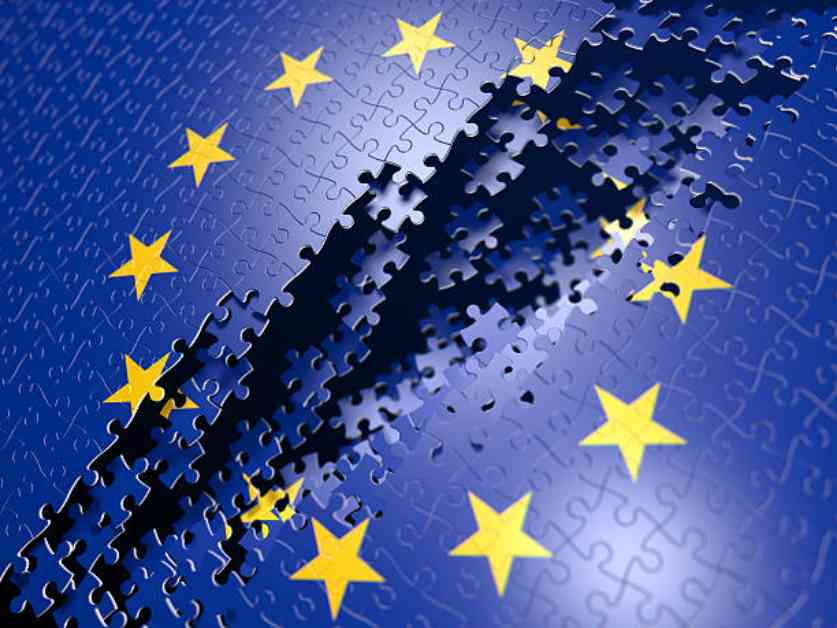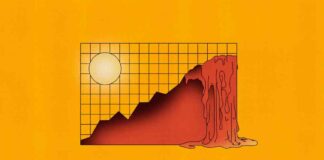The Euro’s attractiveness has decreased recently due to expectations of rate cuts by the European Central Bank (ECB). This is influenced by weaker economic data and comments from policymakers indicating a dovish stance. The US Dollar, on the other hand, is gaining strength amid tensions in the Middle East, potentially drawing safe-haven investments.
EUR/USD has shown a double top pattern at 1.1200 and is currently encountering support at 1.1000. The Euro’s decline is not surprising given the challenges faced by the German economy, which has been struggling for the past year. Recent inflation data from the EU has further fueled expectations of rate cuts, with analysts suggesting that the ECB may need to lower rates to stimulate growth.
Market sentiment is now pricing in multiple rate cuts by the ECB, with a 25 bps cut in October seen as highly likely. This unfavorable outlook for the Euro comes at a time when the US Dollar is strengthening and could attract more safe-haven investments due to geopolitical tensions in the Middle East.
Looking ahead, the Non-Farm Payrolls (NFP) report on Friday is expected to bring volatility to the market, particularly in relation to the US labor market. If the US unemployment rate remains stable, it could push EUR/USD below the 1.1000 level.
In terms of technical analysis, EUR/USD has been on a downward trend since forming a double top pattern at 1.1200. Immediate support is seen at 1.1000, with a potential retest of 1.0950. On the upside, a bullish move would require a break above 1.1100 to target the previous highs at 1.1200.
Overall, the outlook for EUR/USD remains uncertain, with various factors such as ECB rate cuts, US Dollar strength, and geopolitical tensions influencing the currency pair’s direction in the near term. Traders should monitor key levels of support and resistance as well as upcoming economic data releases for potential market movements.

















